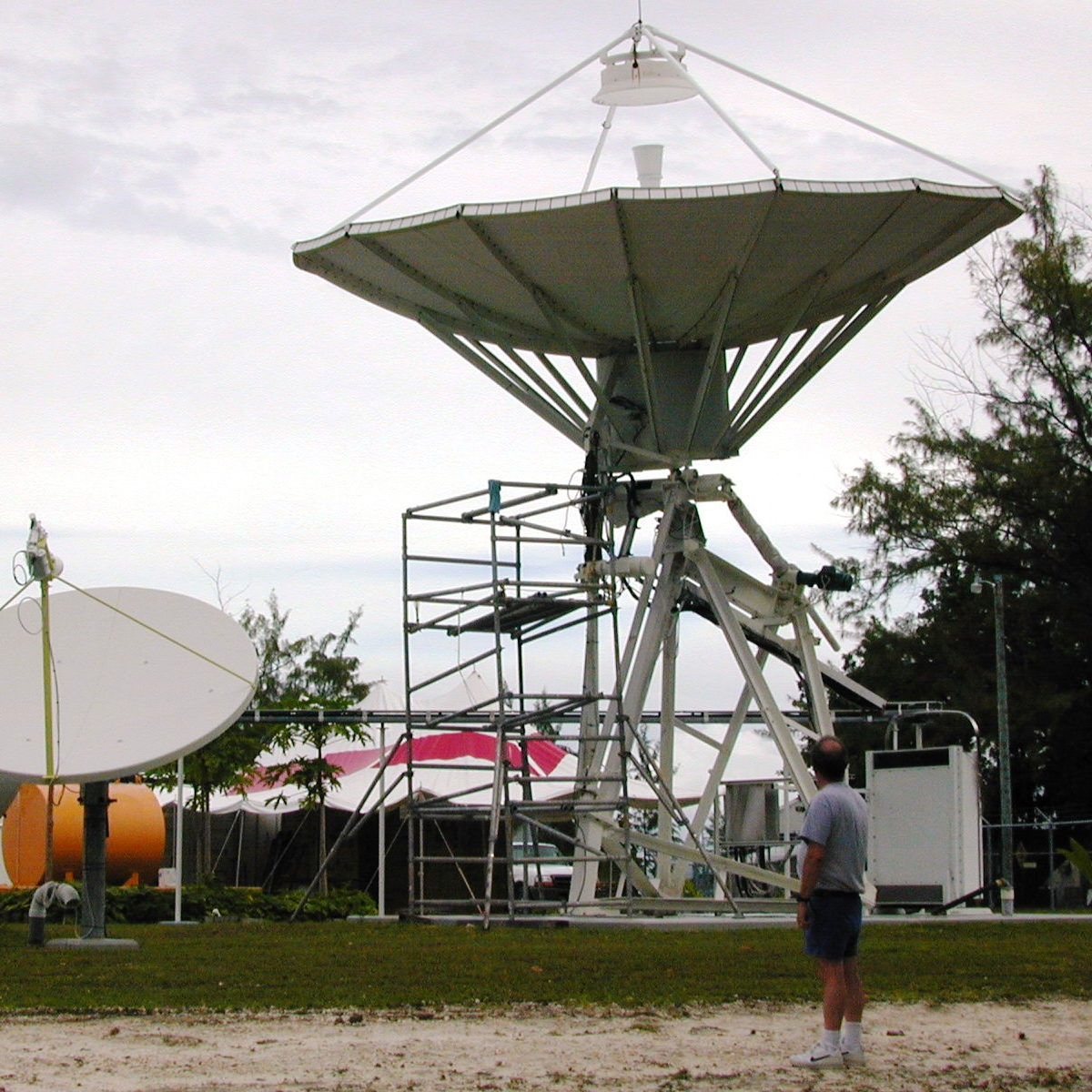 From Digital Technology to Digital Action: Charting New Territory
From Digital Technology to Digital Action: Charting New Territory
A recent study from the University of Washington (UW) analyzed nearly 1,200 digital campaigns from more than 150 countries that have occurred since 1982, with the greatest emphasis on campaigns since 2008. Co-founder of the Digital Activism Research Project (DARP) at UW and manager of this project, Mary Joyce set out to identify the impact of digital technology on civic engagement. She and her research team have worked to compile a database of digital activist campaigns for activists, scholars, and journalists who wish to study them further.
Stated goals of the project include efforts to “raise the level of foreign policy expertise with the evolving dynamics of international relations in a digital era” and to “improve public understanding of the potential and pitfalls of civic engagement using digital media” (Joyce, Howard, & Rosas, 2013, para. 4). Additionally, the DARP project team speaks to the controversy surrounding the value of digital activism in the “Project Contribution” section of the website:
This project is unique, and pioneering research into digital media, civic engagement, and non-violent conflict. There are some scholarly efforts at tracking civic activism that arises online-only. But our contention is that the distinction between online and offline politics is no longer meaningful, that contemporary international relations and non-violent conflict increasingly has causes or consequences in digital media. And unlike other scholarly research efforts, we believe we must have a deliberate dissemination strategy to reach out to policy makers. (Joyce, Howard, & Rosas, 2013)
The Global Digital Activism Data Set (GDADS) is the result of the digital activism campaigns that were analyzed (Joyce, Howard, & Rosas, 2013). These results have been coded into a spreadsheet based on several key criteria: initiator of action, target of action (the one the initiator hopes to influence), type of digital medium used (website, blog, social networking service [SNS], e-petition, etc.), and purpose of action. The campaigns are further categorized based on their online or offline activity—which helps to discern whether the campaign was exclusively digital or digitally enhanced—and the duration of the entire campaign.
Joyce, Howard, and Rosas (2013) classified four major types of “causes advanced or defended in digital action”4 (pp. 34-35):
- Rights and Human Welfare
- General Politics
- Public Policy
- Private Sector
as well as several key purposes behind digital activist work, including bypass, synthesis, resource transfer, co-creation, mobilization, broadcast, network-building, and technical violence5(pp. 27-29).
Studying types and locations of digital action can help identify successes and failures, as well as additional opportunities for training and skills development. For example, through their analysis of these campaigns, the team of researchers discovered that the primary form of digital activism in Europe and Asia is video (YouTube), while North Americans rely heavily on e-petitions as their dominant form of digital activism (Joyce, Howard, & Rosas, 2013). This could signal among Americans a deficiency in digital literacy skills, that is, a lack of skills necessary to build effective video messaging. Or it could signal a preference among Americans to petition their leaders to make change, possibly reflecting the degree of influence Americans have historically had in using a collective voice to influence change. Either way, it presents an opportunity for educators and parents alike to both value and develop civic and digital literacy skills in young people whose futures we are helping to shape.
Perhaps the most interesting finding of the UW study was that the most effective digital activist work is that which is combined with boots-on-the-ground (BoTG) work, a hybridization of activist efforts. The hybridization is best illustrated in mobilization efforts, where social media is used to supplement BoTG efforts, to communicate either a call-to-action or the logistics of a specific event. While this hybridization might not be essential in digital activist work in the future, as tools and technological capabilities continue to expand, it seems to serve both the image and impact of activism for now.
Much like Saul Alinsky’s contributions to community organizing, the DARP work serves to help digital activists and those shaping policy in the 21st century understand how individuals, communities, and entire citizenries can be engaged and impacted through digital media. It provides activists with prototypes for effective activism that help establish protocols for future activist campaigns. Because DARP draws no meaningful distinction between digital and BoTG as far as calling the efforts “activism,” and because the work of that project team is linked to political scientist Gene Sharp, the scholarship they are producing further validates online or social media activists.